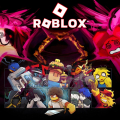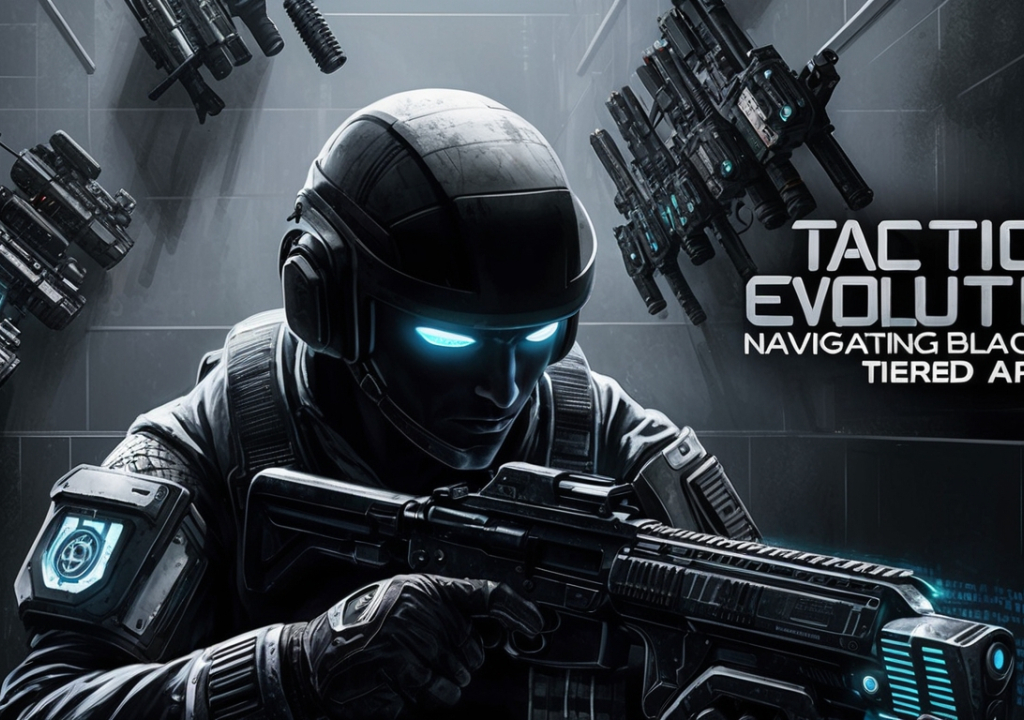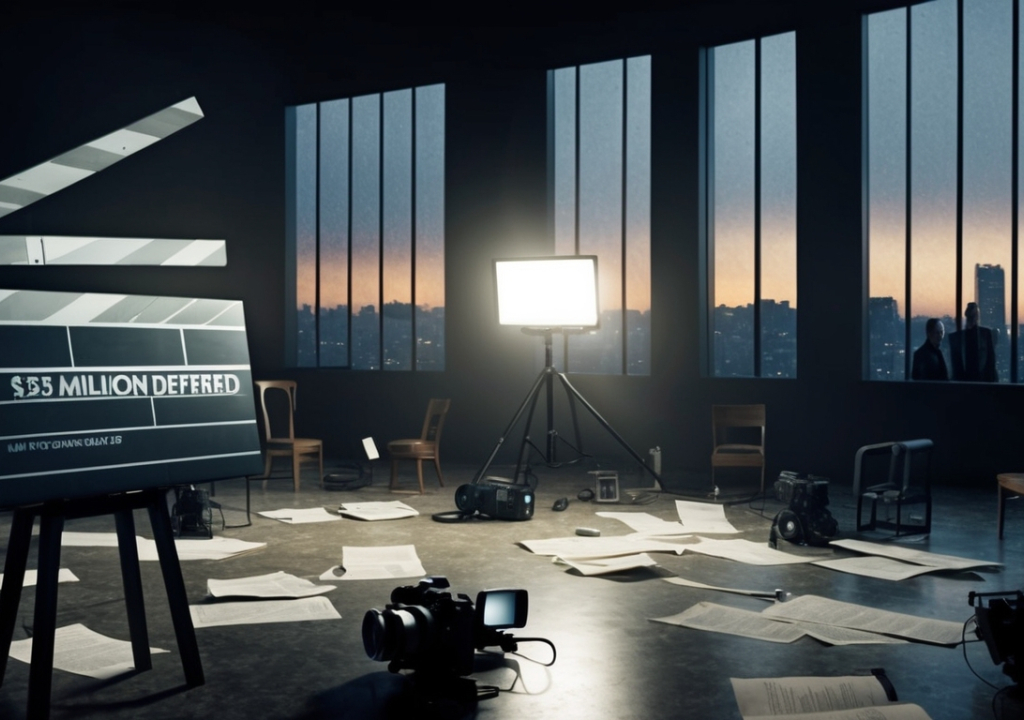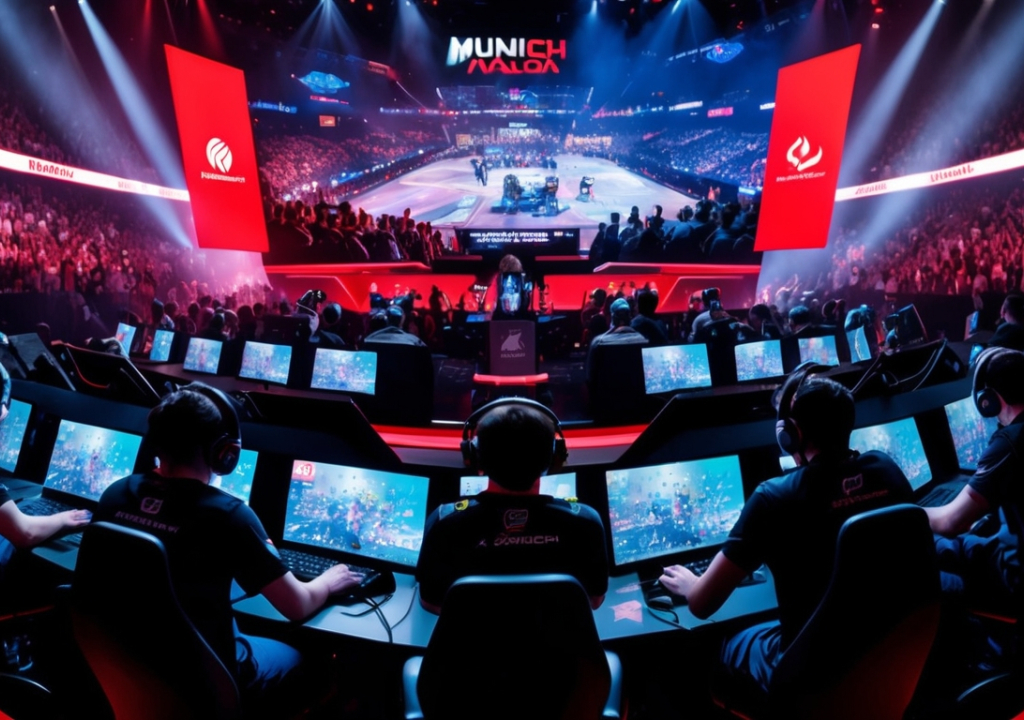

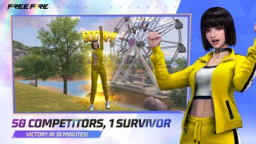
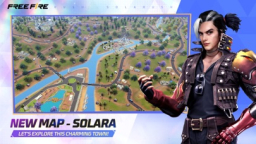

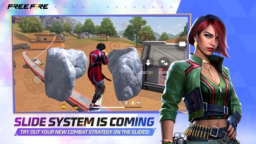

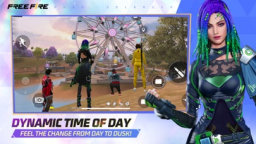
My Personal Journey into the Fray
I was first introduced to Free Fire during a casual conversation with friends, and I immediately felt drawn to its reputation as a fast-paced shooter filled with unpredictable encounters and strategic maneuvers. My initial curiosity stemmed from a desire to experience something that combined competitive multiplayer excitement with an accessible platform. I registered, downloaded the game, and stepped into the colorful digital arena ready for all the challenges it promised to unveil. Every moment felt like a stepping stone into a universe where strategy, reflexes, and creativity merged in a symphony of adrenaline and camaraderie.
Discovering the Dynamic Combat Arena
The core of Free Fire lies in its combat mechanics, which I discovered are finely balanced to provide an experience both challenging and exhilarating. Every match is a whirlwind of movement and tactical decision-making that keeps me engaged from the first second to the last. Navigating through a steadily shrinking battlefield, I have had to adapt quickly to unforeseen situations, continuously reworking my approach to remain at the forefront. The game presents a series of fast-paced skirmishes where every decision matters, and the pace is as relentless as it is rewarding.
Immersion Through Unique Gameplay Mechanics
What truly captivates me about Free Fire is its emphasis on realism in arcade formatting. Each encounter is designed with meticulous attention, ensuring that every action, from the moment I drop into the virtual environment to the final moments of survival, feels consequential. I appreciate the balance between strategic planning and real-time flexibility, which often forces me to rethink my priorities and adapt on the fly. The fluid dynamics of in-game movement, the variety of challenges I face, and the continuous evolution of strategies all contribute to the game's inherently engaging nature.
An Expedition into Intricate Functionalities
The diversity of tools, weapons, and abilities available in Free Fire pushed me to explore every possible facet of the game’s design. I spent hours familiarizing myself with the functionality of each item, learning how they can be effectively leveraged to gain the upper hand in critical moments. The game has a layered complexity that rewards deep exploration; for instance, mastering the timing of offensive maneuvers can turn a seemingly dire situation into one where I can outrun and outsmart my opponents. I find the seamless interface and intuitive controls to be a major factor in keeping the learning curve enjoyable and challenging at the same time.
The Artistic World of Pixelated Battles
Another facet that has drawn me deeper into the Free Fire experience is the aesthetic appeal. The art style, with its vibrant color palettes and distinct character designs, creates a visually engaging arena that is both playful and intense. I noticed that the game does not attempt to replicate hyper-realistic graphics; instead, it opts for a more stylized design that feels energetic and accessible. Every map and every character design is imbued with a level of personality that resonates with my own sense of adventure and creativity. The visual effects that accompany every interaction add layers of emotion and intensity, making every victory and setback feel both personal and spectacular.
A Symphony of Strategy and Spontaneity
My favorite moments in Free Fire often occur when I find myself immersed in a battle that goes beyond mere physical confrontations. The integration of strategy into every match transforms each round into a thinking game where I must predict, improvise, and coordinate. These encounters have frequently forced me to adopt a tactical mindset reminiscent of a chess match, where positioning, timing, and resource management are just as important as shooting accuracy. It is a game that respects the art of quick thinking, where innovation often trumps repetition, ensuring that each match feels refreshed and unpredictable.
Exploring the Richness of Social Dynamics
Multiplayer experiences in Free Fire have been a window into a remarkable social ecosystem where connections are built not only through competition but also through mutual respect and shared victories. Playing with friends and making new acquaintances in matchmaking lobbies have enriched my gaming sessions with a mix of collaboration, rivalry, and camaraderie. I've enjoyed moments of intense cooperative play, where we’ve devised strategies together and managed to secure moments of triumph against overwhelmingly tougher odds. The social framework, supported by chat features and in-game emotes, fosters an environment that encourages collective growth and perpetual learning.
An Acoustic Landscape That Elevates the Experience
Sound design in Free Fire is an aspect that has consistently enhanced my immersion. I became acutely aware of the importance of each audio cue, whether it was the distinctive sound of footsteps in a quiet corner, the distant echo of a well-aimed shot, or the ambient background music that accompanies the evolving tension of battle. The auditory feedback in the game is splendidly attuned to the actions on screen, making the experience feel much more visceral. I have learned to trust these cues as they often guide me to identify potential dangers, hidden opportunities, or avenues for strategic retreats, adding an intelligent layer to the overall gameplay experience.
Delving into the Nuances of Character Customization
The ability to customize both my character and equipment has allowed me to express my individuality in the game. Every choice, from the outfit to the gear, reflects a personal style that is intertwined with my gameplay approach. I have spent considerable time curating my digital persona, and this process has deepened my investment in the game. Free Fire offers a wide array of costumes, accessories, and gear modifications that make personalization not just a superficial layer but a platform that can influence in-game psychology. I appreciate that the developers have designed these elements to be both visually appealing and strategically meaningful, thereby creating a harmonious balance between aesthetics and functionality.
Embracing the Versatile Landscape of Game Modes
Free Fire is not merely a game with a single mode of engagement; it presents a diverse spectrum of challenges tailored to various play styles. I have experimented with different match types that range from quick skirmishes to prolonged strategic battles, each offering its own unique set of obstacles and rewards. This variety ensures that I never feel confined to a repetitive gameplay loop. Whether I am engaging in a rapid-play round that requires split-second reactions or a more methodical campaign mode that allows for strategic planning, I find that the game continuously adapts to my mood and skill level, making every session a refreshing and invigorating escapade.
An Arena of Unpredictable Tactical Encounters
The thrill of unpredictability in Free Fire is something that has kept me coming back time and again. No two matches are alike, and this element of surprise is woven into every fabric of the game, from randomized loot distributions to evolving environmental challenges. I relish the moments when I am forced to improvise and adapt my strategies on the fly; these are the instances that truly test my tactical ingenuity. The game often challenges me to transition from a defensive stance to an aggressive posture in a heartbeat, ensuring that every round remains a perpetual contest of wits and resolve. The ever-present uncertainty of what lies ahead in each match is an intoxicating blend of excitement and risk that I have come to admire deeply.
Experiencing the Depth of In-Game Itemization
The extensive roster of in-game equipment and consumables offers an impressive depth to the strategic possibilities in Free Fire. I have found that the art of selecting the right combination of equipment can be as crucial as mastering the physical aspect of battle. Experimenting with different gear combinations has allowed me to identify play styles that suit not only my strengths but also the unique challenges of each match. The game does a wonderful job of ensuring that every item has a specific purpose, encouraging me to pay close attention to the nuances of each tool available. This consistent interplay between choice and consequence keeps me engaged and continuously experimenting with new configurations to gain a tactical edge.
Celebrating the Game’s Fluid Control and Intuitive Navigation
From my early days of playing Free Fire, the fluidity and responsiveness of the controls have stood out as a major highlight. I appreciate how every swipe, tap, and press is translated, almost effortlessly, into in-game actions that feel both natural and fulfilling. The intuitive design of the user interface has allowed me to focus more on the experience rather than grappling with unwieldy controls. This seamless transition between different modes and actions ensures that I remain in a state of constant immersion, virtually forgetting that I am interfacing with a digital system. The elegance with which the game blends control precision with creative freedom is a testament to the thoughtful design underpinning Free Fire.
Delving into the Intricacies of Time-Sensitive Engagements
One of the aspects that continually fascinates me is the way Free Fire incorporates a sense of urgency into its gameplay. I have spent countless hours in matches where every second counted, pressing me to evaluate risks and rewards in real time. The adrenaline rush provided by these time-sensitive engagements has not only sharpened my reflexes but also honed my decision-making skills under pressure. I have developed a knack for anticipating the next move, learning from each encounter, and gradually adapting my strategies to optimize both offensive and defensive maneuvers. The interplay of anticipation and reaction is a core part of what makes each match in Free Fire feel like a high-stakes adventure.
Relishing the Challenge of Adaptive Environments
Beyond the mechanics of combat, Free Fire offers a diverse range of settings that are dynamically reactive to the unfolding battle. I have spent numerous sessions scouting different maps, each one offering its own distinct challenges and aesthetic qualities. The environments are meticulously designed to provide not only a backdrop for action but also opportunities for hidden tactics and ambushes. Whether maneuvering through narrow alleys, open fields, or complex structures, I have learned that understanding the terrain and adapting my strategies accordingly is crucial. The ever-changing weather conditions, the array of obstacles, and the environmental soundscapes together form an intricate canvas upon which every match is painted.
Embracing Spontaneity in Every Encounter
Every match I engage in feels like an open invitation to explore my spontaneous creative side. The surprises that arise from randomly generated events and unpredictable player behaviors make Free Fire an endlessly fascinating experience. I find that my ability to quickly adapt and improvise is continually challenged, and this keeps my gameplay evolving in unexpected ways. Whether I am sprinting across a rugged terrain or strategically repositioning in response to an unforeseen assault, the spontaneity inherent in each encounter is something I have come to celebrate. It pushes me out of my comfort zone, encouraging innovative tactics and ensuring that no two sessions ever feel monotonous or stale.
Pros
- Fast-paced combat that keeps players engaged
- Fluid controls that enhance gameplay immersion
- Diverse game modes catering to various play styles
- Extensive customization options for characters and equipment
- Vibrant visual style with unique art and aesthetics
- Robust social features that foster community and teamwork
Cons
- Occasional balancing issues with weapons and gear
- Performance challenges on lower-end devices
- Monetization elements may influence competitive fairness



